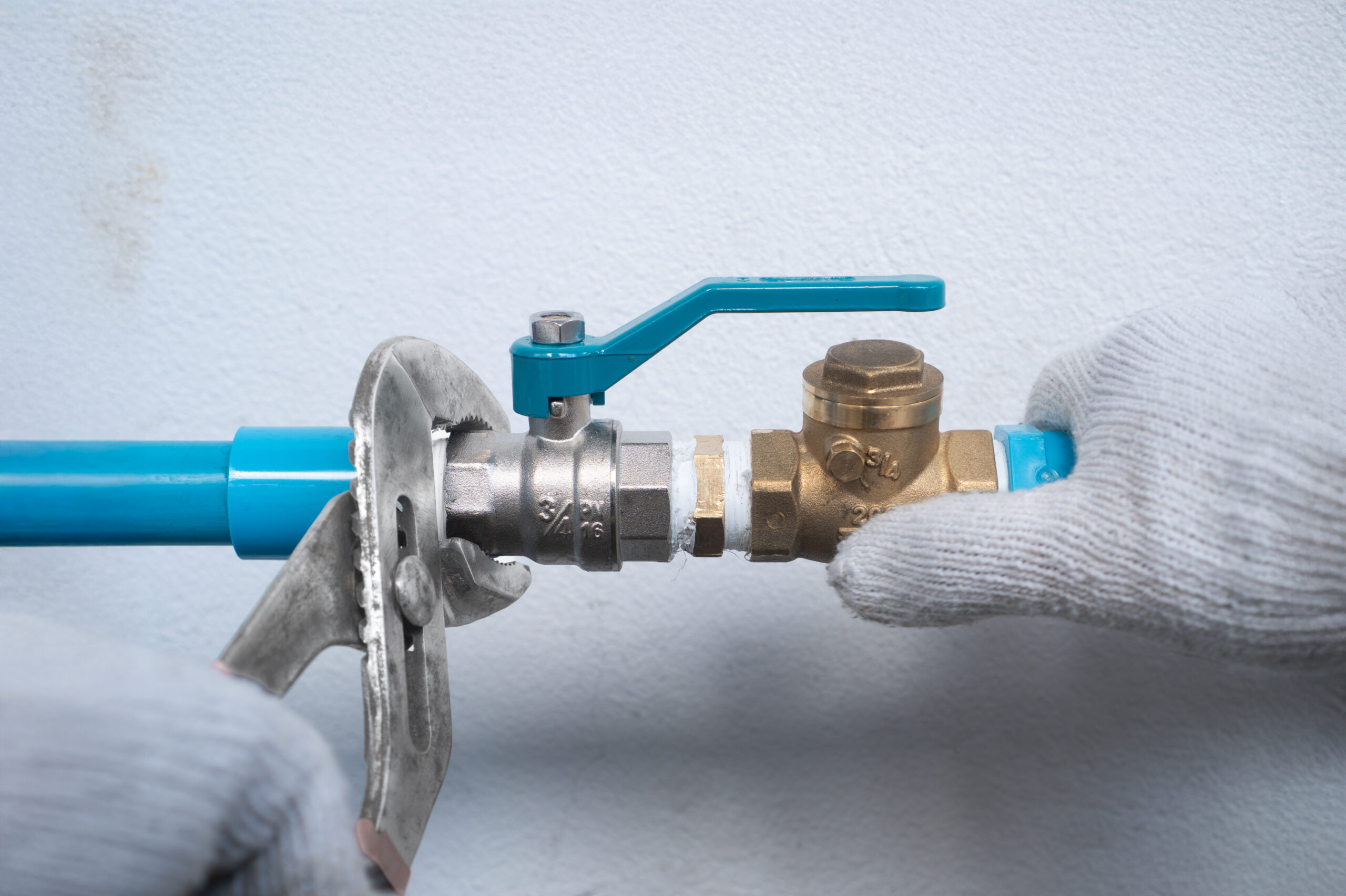Where is the Main Water Valve and Why It Matters: A Homeowner’s Guide
Knowing where your main water shut-off valve is located—and understanding how and why it’s grounded—is critical for every homeowner. In moments of emergency, like discovering a burst pipe or major leak, your ability to act quickly can make the difference between minor inconvenience and a flooded catastrophe. Yet shockingly, most homeowners don’t know where their main water valve even is, let alone how it connects to the electrical grounding system or what home warranty coverage might apply. This article walks through what the main water valve is, how it functions, where it’s typically located, what grounding means, and why understanding all this is so important. Whether you’re in the middle of a renovation or just getting to know your home’s infrastructure, clarity starts here.
What Is the Main Water Shut-Off Valve?
The main water shut-off valve is the control point for the water supply flowing into your household’s plumbing system. It is the closest valve to where your home’s water line connects to the public water supply or well. Turning off this valve stops water from coming into the house entirely. This is the first line of defense in the event of a plumbing emergency, providing a fast and effective way to prevent further water intrusion or damage. Without a functioning shut-off, you’re effectively at the mercy of uncontrolled water pressure—a situation no homeowner wants to face unprepared.
Where Is the Shut-Off Valve Typically Located?
Location depends on your region, home’s foundation, and construction age. In colder climates, the valve is usually found indoors to protect it from freezing. You’ll often find it where the main water line enters the home—typically in the basement, crawl space, utility room, or garage. In warmer areas, the valve might be outside, near an exterior wall or ground-level access box close to the street. If you’re having trouble locating it, look for the water meter and follow the closest pipe running toward the house. That pipe should lead to the shut-off valve.
How the Shut-Off Valve Works
The valve itself can be one of several types. Gate valves, often shaped like a wheel, are turned clockwise to close and counterclockwise to open. Ball valves, more common in newer construction, have lever-type handles and only require a quarter turn to open or close. Both styles serve the same core function—stop the flow of water through the main line. When the shut-off valve is closed, you isolate the rest of your piping system from incoming pressure. This makes it essential not only for emergencies, but also for major repairs or installations involving any part of the plumbing network.
Understanding Electrical Grounding Through the Water Line
In many homes, especially older ones, the metal water pipes (usually copper) are part of the electrical grounding system. Grounding provides a safe pathway for stray electrical current, reducing the risk of shock or fire. The metal pipes serve as a low-resistance conductor that channels unwanted electricity safely into the ground. A grounding wire may be clamped to the pipe near the main valve or meter. However, grounding through metallic water piping is considered outdated in many areas and can lead to problems if the pipe is replaced or modified without updating the grounding system. Always consult a licensed electrician before making plumbing changes that might impact grounding integrity.
Advantages of Knowing Valve Location and Grounding Setup
First and foremost, you gain crucial emergency control. In case of a leak or pipe failure, you’re not losing time—or increasing damage—while trying to find the shut-off. This knowledge helps accelerate service visits as well, since technicians won’t waste time searching. More importantly, understanding the grounding system reduces electrical risks during plumbing repairs or upgrades. Whether working with a home warranty provider or individual contractors, awareness gives you a clearer voice and better results in home maintenance planning. You also avoid voiding warranties by accidentally disconnecting grounding conductors tied into your water system.
Common Drawbacks and Homeowner Mistakes
Perhaps the most common mistake is not knowing the precise location of the main shut-off valve. In high-stress leak scenarios, disorientation leads to delay—and damage. Ignoring the condition of the valve is another issue. Old or corroded valves can seize or break when you need them most. Improperly closing the valve may also wear it down faster and increase the likelihood of leaks. On the electrical side, assuming that grounding hasn’t changed during past renovations—or that it’s still present after pipe replacements—can introduce hidden hazards. Failing to address these issues also complicates home warranty claims, especially if coverage excludes repairs resulting from unmaintained infrastructure.
Why Home Warranty Coverage Matters—and How Armadillo Can Help
Emergencies aren’t scheduled, and the costs of water damage repair can escalate quickly. Home warranties can ease this pressure, offering homeowners financial protection and access to vetted service professionals when they’re most needed. Armadillo delivers modern, customizable home warranty plans designed with clarity and efficiency at their core. With a focus on essential systems—including plumbing and related components—Armadillo ensures that concerns like valve failure, grounding issues, or corroded pipe connections aren’t left entirely to chance or your out-of-pocket budget. You can learn more about our tailored coverage options at Armadillo.one or begin building your plan today at our Plan Builder. Peace of mind starts with preparation, and a home warranty is your smart next step.


























